
ENVIRONMENT
18-11-2020 by redazione

In this period of other priorities or presumed priorities, there are environmental situations in Kenya whose dramatic implications could change the lives of thousands of people.
One of these is the rising waters of the Rift Valley lakes.
Thousands of people have already been made homeless in the past year, and hundreds of thousands more are at risk of displacement due to flooding of property, crops and infrastructure worth hundreds of millions of shillings.
Everything is happening particularly around the Naivasha, Nakuru, Baringo, Bogoria and Turkana lakes.
Residents of these regions have been living with fear for a long time, since researchers have said that the situation may not improve as water levels increase inexorably from day to day.
Lake Turkana, for example, has risen to unprecedented levels for decades. Floods have displaced at least 24,000 people in recent months.
The lake is fed by the Turkwel and Kerio rivers that flow down from Mount Elgon and the Omo river that comes from the Ethiopian highlands.
The data show that in the last few months Lake Turkana has risen by 300 metres to its current 800 metres. There are precedents in history, dating back fifty and one hundred and twenty years.
But these were phenomena linked to unusual weather events and secondly, they were not so intrusive, because there were no important housing structures and infrastructures which, in addition to the displacement of semi-nomadic communities, imposed the closure of farms, the threat of planting and the displacement of buildings, as well as crops and livestock farming which provide work and sustenance for thousands of people.
Lake Turkana also has the aggravating circumstance of being connected to the Turkwel Gorge dam, which is on the verge of overflowing. According to the Water Resources Authority (WRA), the dam is threatening the lives of over 300,000 people downstream. With the small rainfall, the dam has reached maximum alert levels and could overflow within a few days.
The situation is not good either on Lake Baringo, where some lodges such as Soi and Roberts Camp and tourist facilities on the shores are already irretrievably submerged, due to a progressive rise that has not slowed down for ten years. A dispensary, eight schools and seven villages in the area have also ended up under water, for a total of 90 square kilometres, plus 200 hectares of the Pekerra agricultural project.
A reversal of the trend from the previous thirty years, when the lake had lost 16% of its reservoir.
As for Lake Naivasha, last May it reached the highest level ever recorded in the last 88 years.
Lake Nakuru, with houses and submerged structures also within the Natural Park, and Bogoria are also rising at a worrying rate, so much so that Kenyan researchers have launched an SOS even though it is now well established that climate change has played its part and that the trend from 2013 to the present is hardly controversial. According to experts, after even witnessing the risk of drying out in 2010, the exceptional rainfall from 2012 to 2014 has brought the water back to a level of attention, only to then grow uninterruptedly. While in the 1960s and at the beginning of the new millennium, cyclone "El nino" had brought exceptional rainfall for at least three years after its influence, this time the focus is on global warming of the oceans, which creates high pressure conditions on the Kenyan coast and consequently leads to evaporation, with consequent flooding in the interior. All causes attributable to mankind, pollution and greenhouse gases.
For some scientists there are also geological phenomena at the base, with the Rift Valley changing due to the shift of the Somali plaque, where Kenya is located, from the Nubian plaque. This is also causing the resumption of underground volcanic activity.
Climate, tectonic shifts, but also pollution certainly plays its part. According to Healthy Nation researchers, the sediments accumulated in the reservoir of the Turkana dam have their impact, while the unsustainable growth of the city of Nakuru is said to have played an important role in the flooding of some areas.
In addition, the catchment area of the lake, the Mau forest, has been seriously damaged by years of deforestation. According to various studies, forest cover around the lake has fallen below 20 percent in the last 50 years.§
As a result, there has been an increase in runoff during rainfall and subsequent silting and sedimentation of the lake, which has no outlet. Satellite images of all the lakes show that the rivers that feed them are beige in colour, which means that they are heavily silted up.
(some of this information taken from a Daily Nation article)

It is a breathtaking sight. The pink, red and white colors float beautifully over...
NEWS
by redazione

Even Watamu goes down in the streets to defend its beauty and public health, before...
ENVIRONMENT
by Freddie del Curatolo

It is one of the most precious assets of Malindi and the entire Kenyan coast, and...
NEWS
by redazione
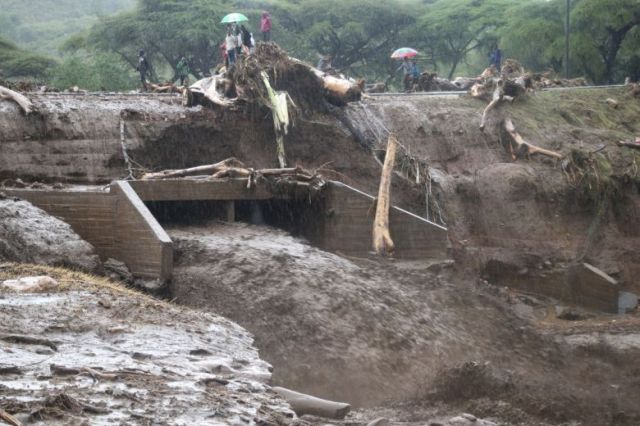
Where in Kenya the Covid-19 virus does not seem to have arrived yet, in the most remote moorlands of the ...
WEATHER
by redazione
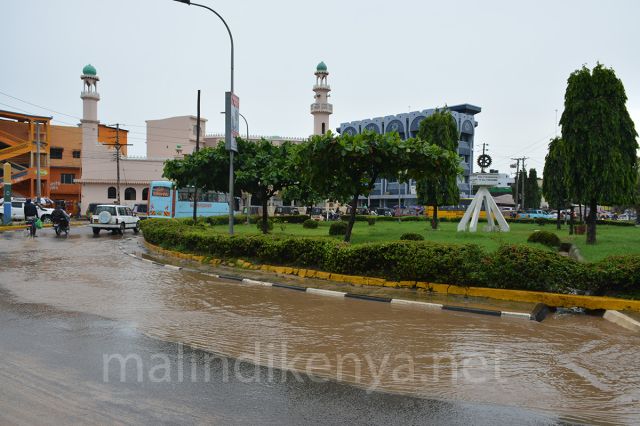
Kenya's Meteorological Department has warned of the likely onset of heavy rains this...

Not just plastics and by-products, Kilifi County has asked the highest government environmental authority, NEMA, to intervene to...
NEWS
by redazione
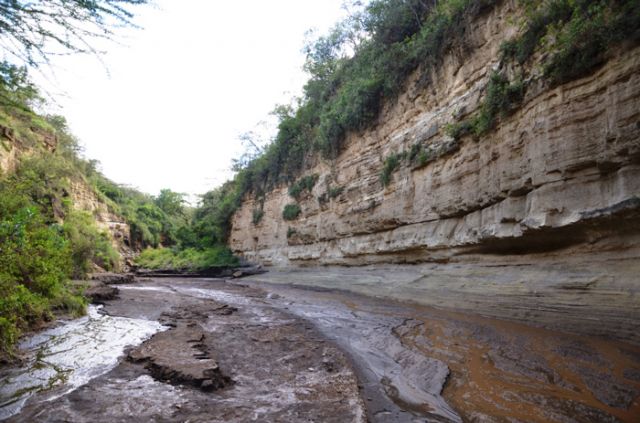
An unexpected thunderstorm in the groundwater area of Hell's Gate National Park in Naivasha is...
AMBIENTE
by redazione

Finnish electric taxis are arriving in Nairobi to combat pollution and reduce...
METEO
by redazione

History repeats itself and for the poorest regions of Kenya it is always a drama.
After...
ART
by Freddie del Curatolo

The "gyotaku" is an ancient Japanese art that consists in imprinting (originally on rice...
ENVIRONMENT
by Leni Frau
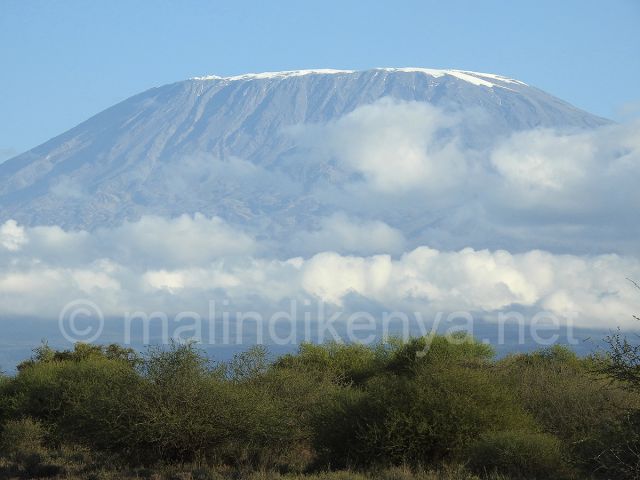
18 years before the end of a magnificent spectacle that also means hope.
This is...
LIFE
by Leni Frau
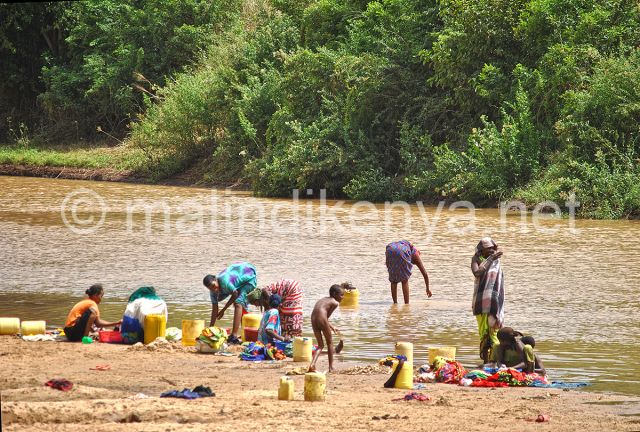
Today, all over the world we celebrate 'World Water Day'. As important as the virtual celebrations throughout...